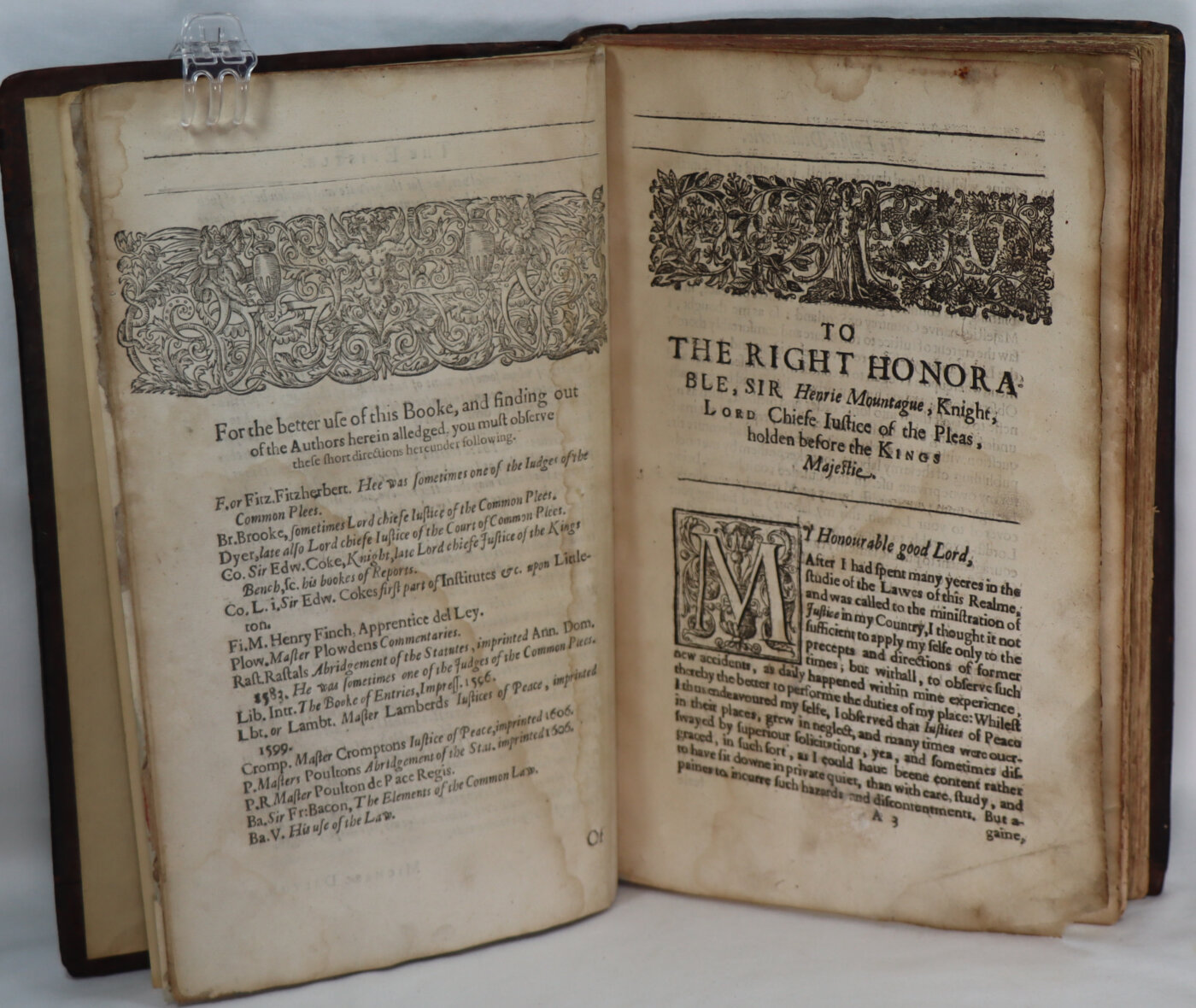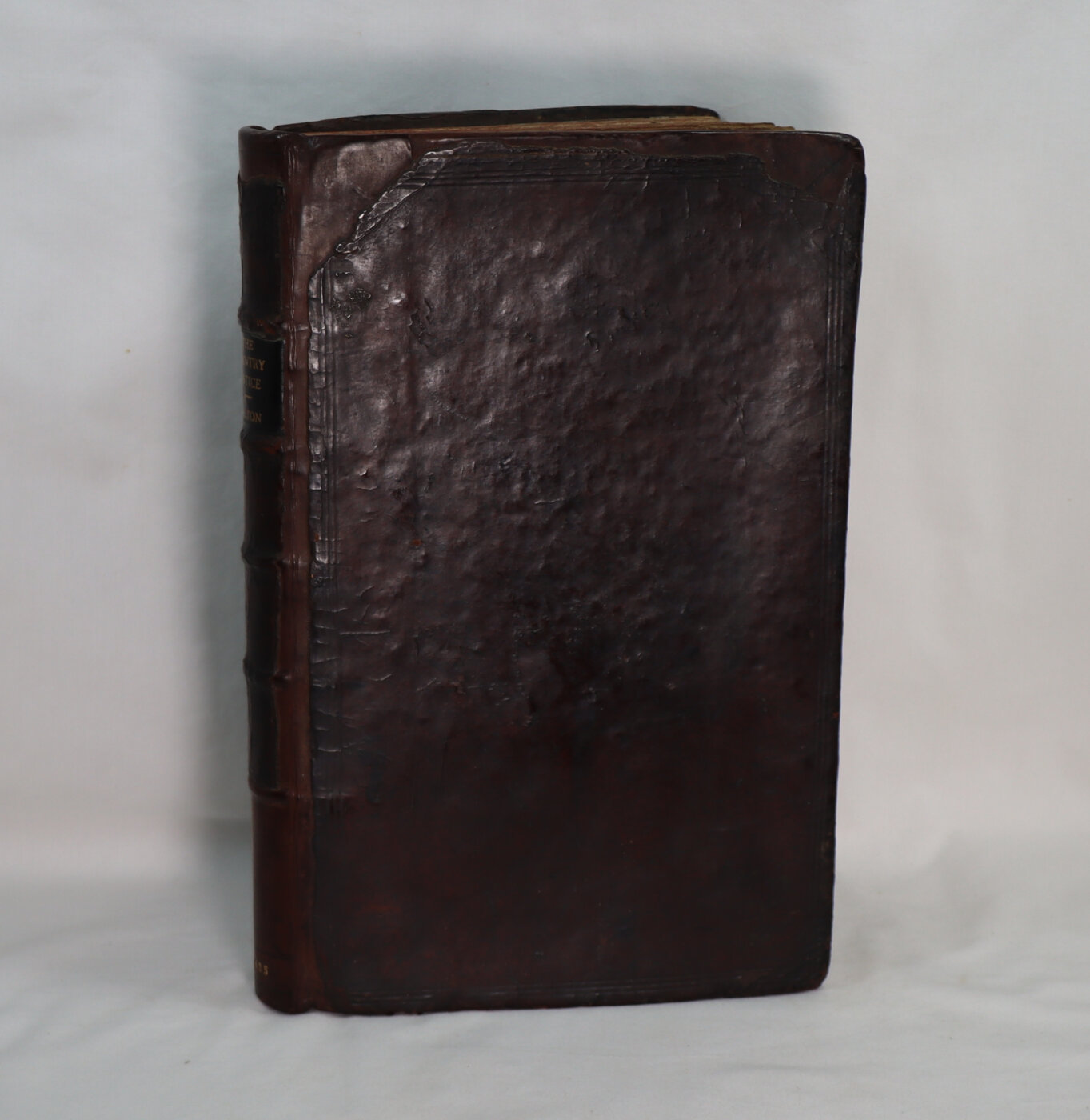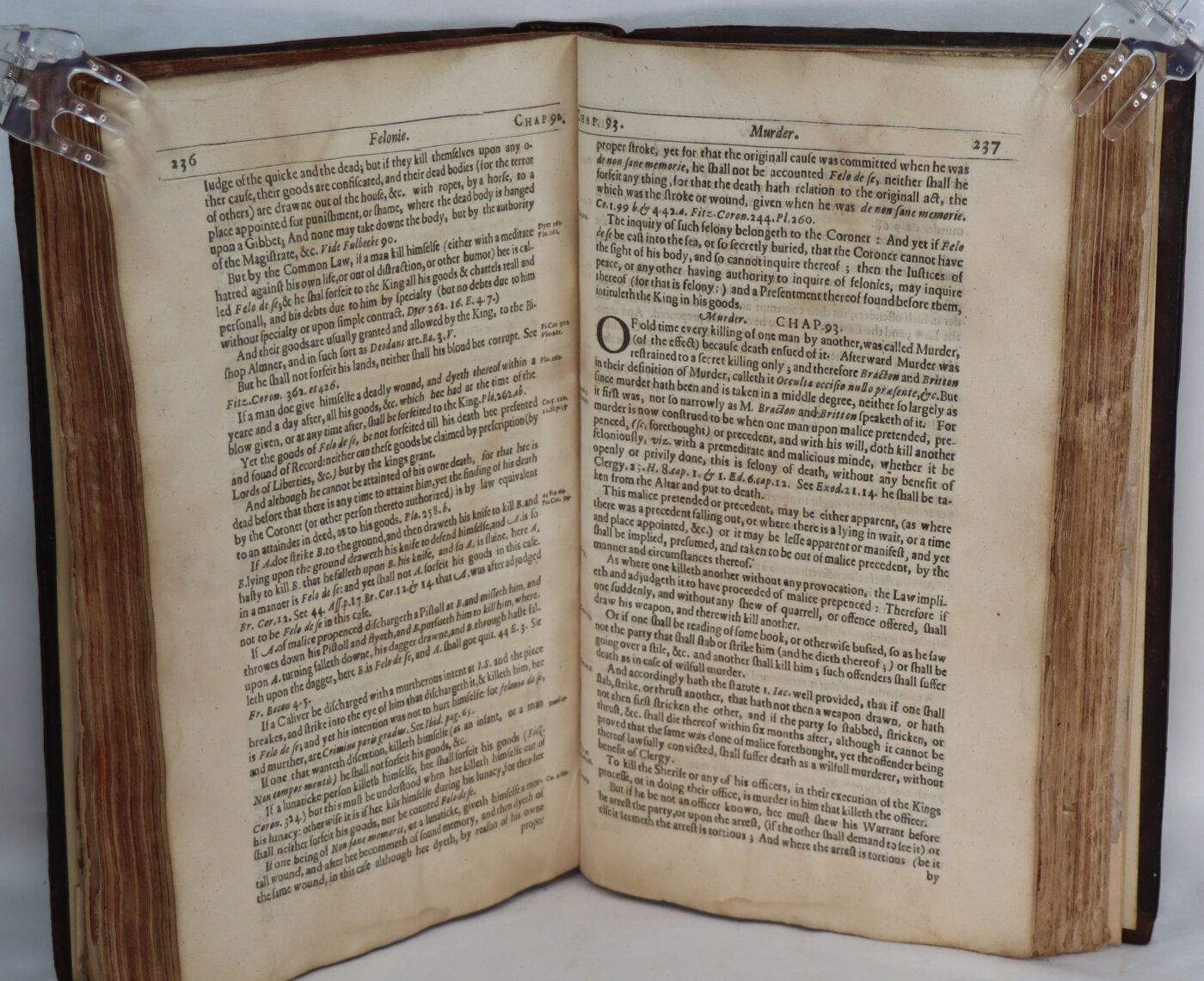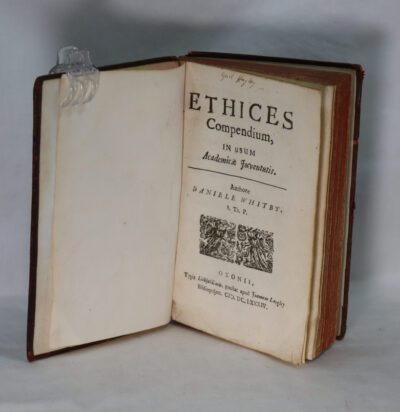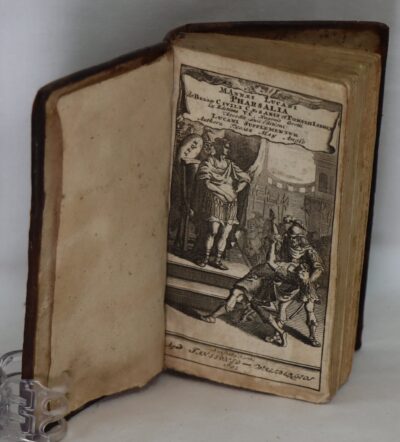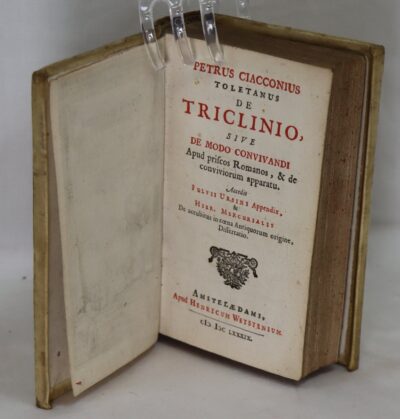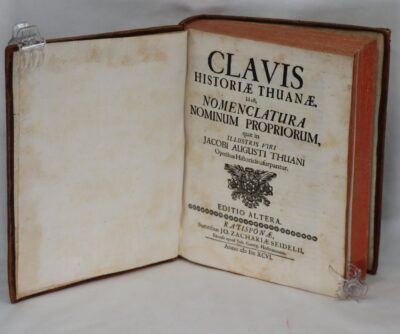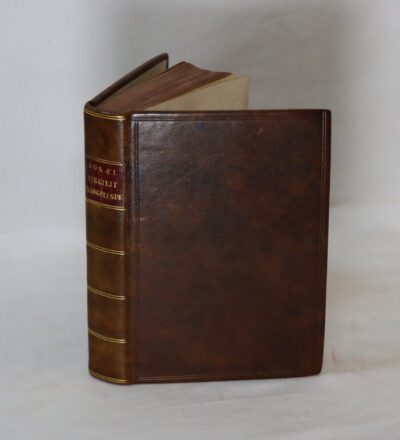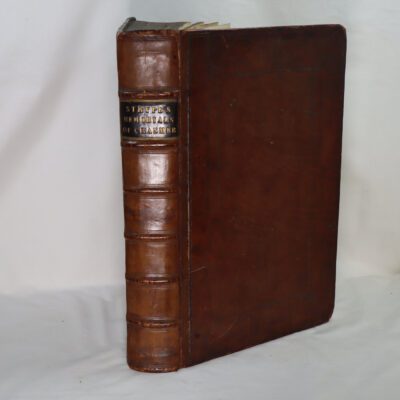The Country Justice.
By Michael Dalton of Lincolns Inn
Printed: 1635
Publisher: The Company of Stationers.
| Dimensions | 20 × 30 × 4 cm |
|---|---|
| Language |
Language: English
Size (cminches): 20 x 30 x 4
Condition: Fine (See explanation of ratings)
FREE shipping
Item information
Description
Brown leather binding with black title plate and gilt title on the spine. Has been professionally rebacked some time ago with some pages repaired.
We provide an in-depth photographic presentation of this item to stimulate your feeling and touch. More traditional book descriptions are immediately available.
- Note: This book carries the £5.00 discount to those that subscribe to the F.B.A. mailing list.
This is a solid and sound 1635 example of one of England’s oldest law books. The Country Justice was written by Michael Dalton and first published in 1618. The subtext reads: Conteyning the Practise of the Justices of the Peace Out of Their Sessions, Gathered for the Better Helpe of Such Justices of Peace as Have Not Beene Much Conversant in the Studie of the Lawes of this Realme.
The book is a manual which was used by English justices of the peace. It went through about 20 editions between its first edition in 1618 and the last in 1746. With its roots in Crompton, Fitzherbert and Lambard, the book offers advice on a wide range of issues including levying customs, highways, prisons, riots, soldiers, murder, felonies, rogues, vagabonds, wool and high treason. The alphabetical listing of topics was groundbreaking and was a model for the structure of other books that came later.
The Country Justice was one of many, but perhaps the most influential, of legal handbooks through which English common law entered into the legal system of early settlement in New England. Dalton was a justice of the peace in Cambridge and wrote this handbook to guide local justices of the peace who had no formal legal training. The simple, direct writing style contributed to the book’s popularity in England and the colonies. There was an earlier handbook, also alphabetized, written by William Lambarde, called the Eirenarcha. By 1619 Lambarde’s book had already seen 13 editions.
Included among the many issues in The Country Justice were guidelines for witchcraft and witches. Dalton emphasized the need for body searches to find evidence of demonic contacts.
The Countrey Justice, London, 1618, a treatise on the jurisdiction of justices of the peace out of session. Anthony Fitzherbert in L’Office et Auctoritee de Justices de Peace, 1514, English translation 1538) and William Lambarde (Eirenarcha, 1610) had already devoted substantive treatises to the duties of justices. Dalton’s book differed from these in the limitation of its scope and the extent of its detail. It covered the types of case and offence where a magistrate (justice of the peace) could administer summary justice under statute law, there having been an extensive list of such situations (from poaching to poor church attendance) since the 16th century. A second edition appeared in 1619 (“newly corrected and enlarged”), prefaced by commendatory Latin verses by John Richardson, William Burton the Regius Professor of Physic at Cambridge, Isaac Barrow described as ‘affinis,’ and William L’Isle, and other editions in 1622 (reprinted from 1619) and in 1626 (“third time”). It was published “for the fourth time” in 1630, and twice in 1635 for the “fifth time” and the “sixth time”; in 1643 again for the “sixth time.” Other revised and enlarged editions came in 1655 and 1661. In 1666 the work was edited by a certain T. M. of Lincoln’s Inn, who added a treatise on the jurisdiction in sessions, and new matter. Subsequent editions appeared in 1677, 1682, 1690, 1697, 1705, 1715, 1727, and 1742 (reissued 1746).
Dalton’s works were sufficiently widely known for it to be suggested that his view of rules of evidence can account for conduct of the defendants in the trial of Thomas Cornell for murdering his mother, Rebecca Cornell, in Rhode Island in 1673. Material on witchcraft passed into later editions of the Countrey Justice from earlier works (the Discoverie of Witches (1613) of Thomas Potts and the Guide to Grand-Jury Men (1627) of Richard Barnard), and was transmitted from there to the An Assistance to Justices of the Peace (1683) of Joseph Keble.
Dalton also wrote an unpublished religious work in the tradition of Acts and Monuments, finished 1634 but left in manuscript. It was considered for publication by the Long Parliament in 1641, but the more extensive work of Thomas Harding was preferred by a committee under Edward Dering; in fact neither was printed. There exists a summary in the British Library. It is an abstract of events in chronological sequence from the foundation of Christianity to ‘the discovery of antichrist’ in the sixteenth century.
Michael Dalton (1564–1644) was an English barrister and legal writer, author of two works well known in his time. He was the son of Thomas Dalton of Hildersham, Cambridgeshire, and matriculated at Trinity College, Cambridge in 1580. He was associated with Lincoln’s Inn, moving there from Furnivall’s Inn, being called to the bar and eventually becoming a bencher. He resided at West Wratting, Cambridgeshire, and was in the commission of the peace for the county.
Dalton married first, Frances, a daughter of William Thornton, and secondly Mary, a daughter of Edward Allington. In 1631 Dalton was fined for having allowed his daughter Dorothy to marry her maternal uncle, Sir Giles Allington of Horseheath, Cambridgeshire. The fine, however, was remitted.
Condition notes
Want to know more about this item?

Related products
Share this Page with a friend


